When we think of dinosaurs, we often imagine a world completely different from our own. But some animals that lived alongside these prehistoric giants are still with us today. These living fossils have survived mass extinctions and millions of years of change, carrying ancient genetic codes into the modern world. From deep-sea dwellers to backyard visitors, these creatures offer us a direct link to Earth’s distant past.
Horseshoe Crab

The horseshoe crab looks like it belongs in a prehistoric museum, but you can still find these strange creatures on beaches today. They’ve been around for over 450 million years, predating even the dinosaurs. Despite their name, horseshoe crabs aren’t actually crabs at all. They’re more closely related to spiders and scorpions. These living fossils have changed very little over millions of years, with their unique blue blood playing a crucial role in modern medicine.
Tuatara

The tuatara might look like a lizard, but it’s the last survivor of an ancient group of reptiles that lived alongside the dinosaurs. Found only in New Zealand, these creatures have been around for about 200 million years. Tuataras have a unique “third eye” on the top of their head, which might help them soak up UV rays. They’re also known for their incredibly slow growth and long lifespans, potentially living up to 100 years.
Coelacanth
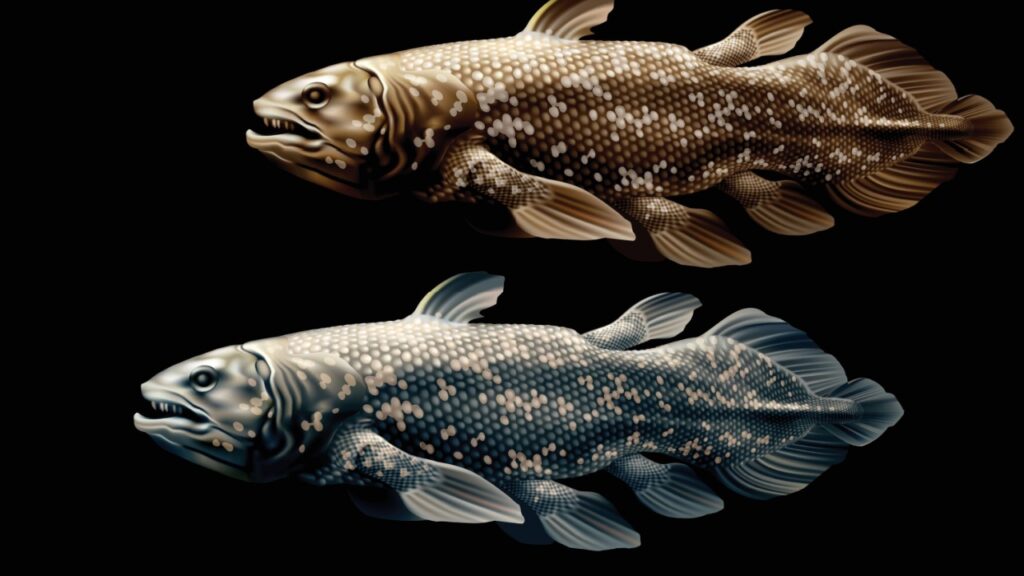
For years, scientists thought the coelacanth had gone extinct with the dinosaurs. But in 1938, a living coelacanth was caught off the coast of South Africa, shocking the scientific world. These large, prehistoric-looking fish have been swimming in our oceans for about 400 million years. Coelacanths have several unique features, including fins that move like limbs and a hinged skull that allows them to open their mouths super wide.
Nautilus
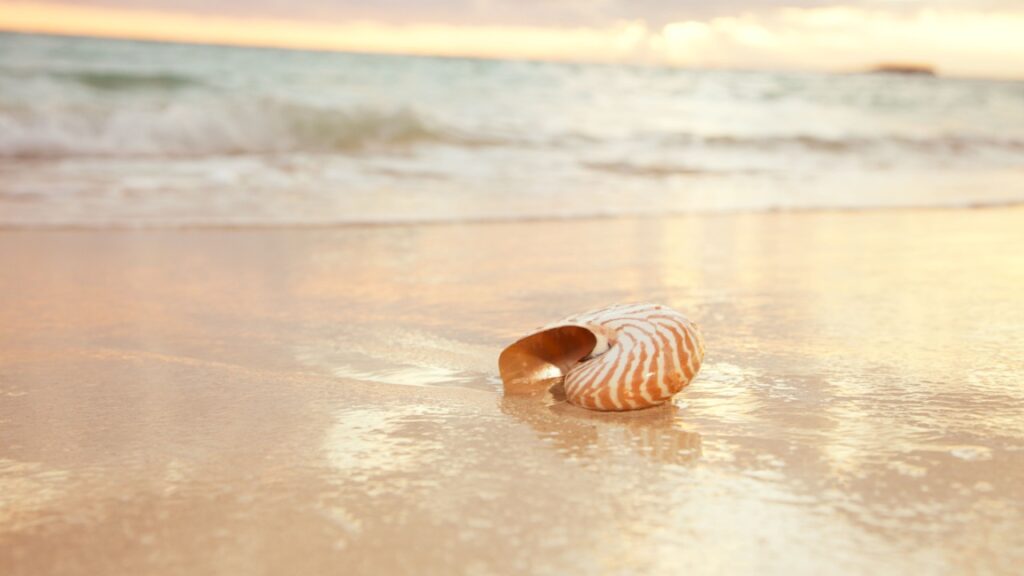
The nautilus is often called a “living fossil” because it has remained largely unchanged for millions of years. These beautiful creatures have been around for about 500 million years, making them one of the oldest living species on Earth. Nautiluses are known for their stunning spiral shells, which they use to control buoyancy. As they grow, they add new chambers to their shells, leaving behind a record of their growth.
Crocodile

Crocodiles have been around since the time of the dinosaurs, first appearing about 200 million years ago. These fearsome predators have changed very little over millions of years, maintaining their powerful jaws and armored skin. Crocodiles are excellent swimmers and can hold their breath for up to an hour underwater. Some species, like the saltwater crocodile, can grow up to 23 feet long, making them the largest living reptiles on Earth.
Sturgeon
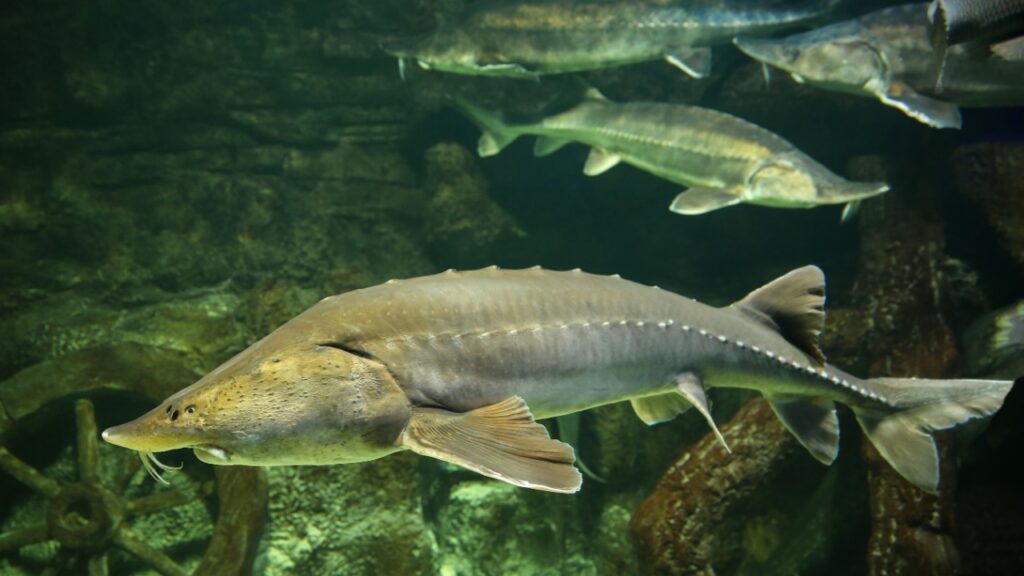
Sturgeons are living dinosaurs of the fish world, having swum in our waters for over 200 million years. These ancient fish are known for their armor-like scales called scutes and their long, pointed snouts. Sturgeons can grow incredibly large, with some species reaching lengths of over 20 feet. They’re also famous for producing caviar, which has unfortunately led to overfishing and endangered status for many sturgeon species.
Platypus

The platypus might look like a mash-up of different animals, but it’s actually a living fossil that’s been around for about 120 million years. These weird and wonderful creatures are one of the few mammals that lay eggs. Platypuses have a duck-like bill, webbed feet, and a beaver-like tail. Male platypuses even have venomous spurs on their hind legs, making them one of the few venomous mammals in the world.
Tadpole Shrimp

Tadpole shrimp, also known as triops, have been around for about 300 million years, earning them the nickname “living fossils.” These tiny creatures look a lot like miniature horseshoe crabs and can be found in temporary ponds and puddles around the world. Tadpole shrimp have the amazing ability to lay eggs that can survive for years in dry soil, waiting for the next rainy season to hatch.
Lamprey
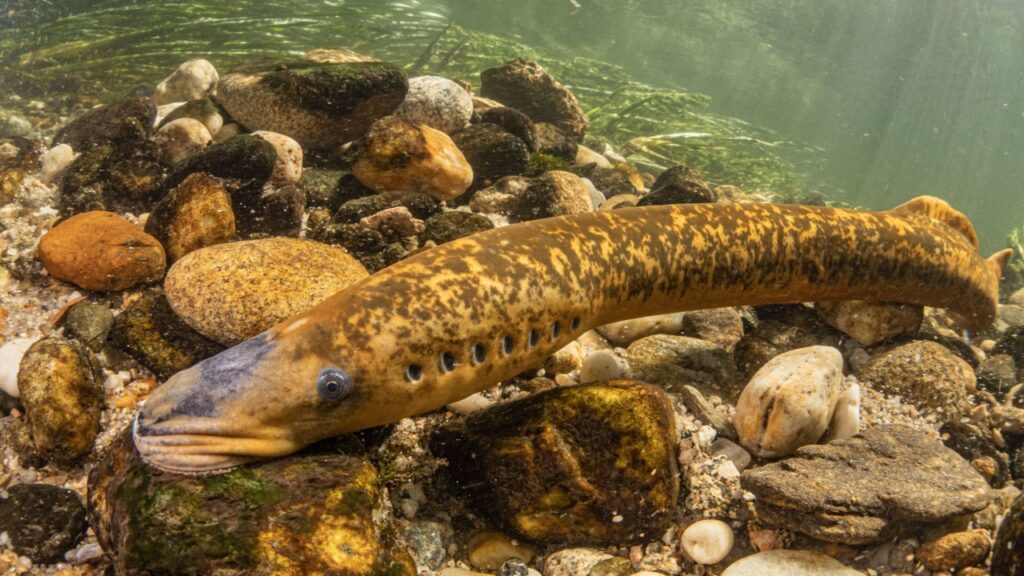
Lampreys are jawless fish that have been around for over 360 million years. These eel-like creatures have a circular mouth filled with sharp teeth, which they use to latch onto other fish and feed on their blood. While this might sound scary, lampreys play an important role in many ecosystems. Some species of lamprey are even considered a delicacy in certain parts of the world.
Elephant Shark
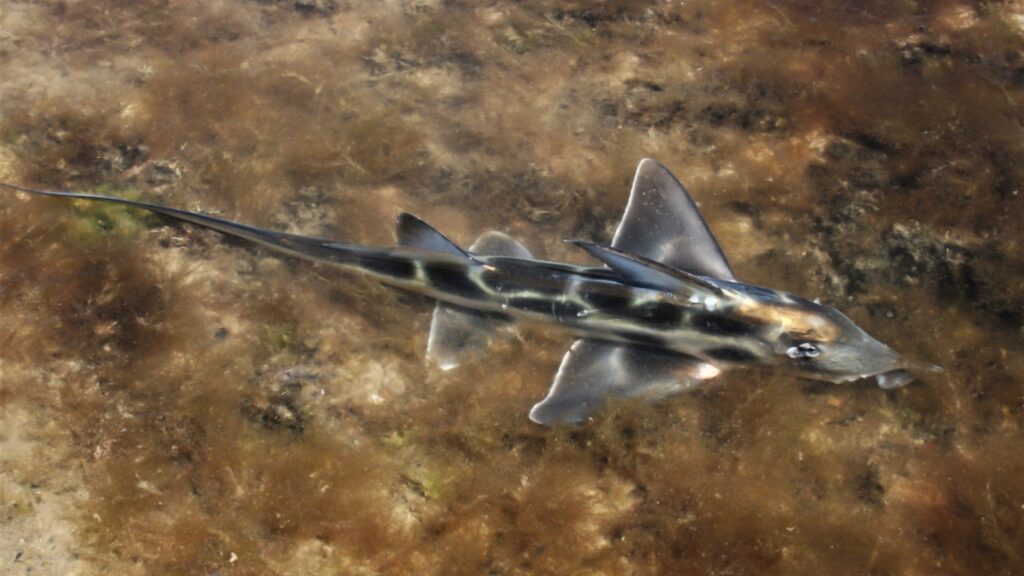
Despite its name, the elephant shark isn’t actually a shark at all. It’s a chimaera, a group of fish that split from sharks about 400 million years ago. Elephant sharks have a long, trunk-like snout (hence their name) and a skeleton made of cartilage instead of bone. These living fossils have changed very little over millions of years and can teach us a lot about the evolution of jawed vertebrates.
Hoatzin

The hoatzin is a strange bird that’s often called the “stinkbird” because of its strong, manure-like odor. These unusual birds entered the fossil record about 64 million years ago, just after the dinosaurs went extinct. Baby hoatzins have claws on their wings that they use to climb around in trees, a feature that reminds scientists of the ancient bird-like dinosaur Archaeopteryx.
Horseshoe Shrimp
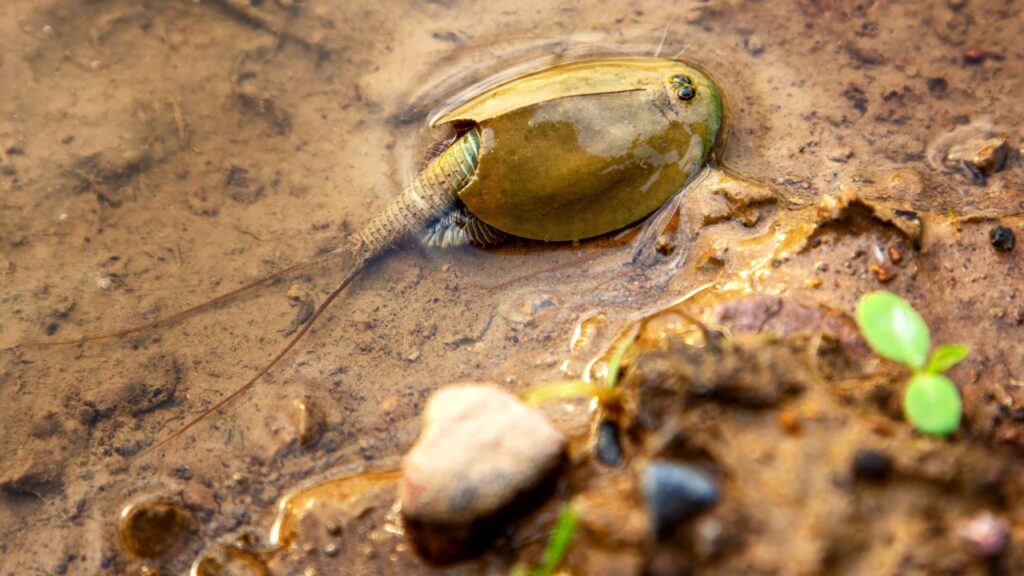
The horseshoe shrimp, also known as Triops, is a tiny creature with a big history. These small crustaceans have been around for about 300 million years, earning them the title of “living fossils.” Horseshoe shrimp look a bit like miniature horseshoe crabs and are known for their ability to survive in temporary ponds. Their eggs can survive for years in dry soil, hatching when conditions are right. This amazing adaptation has helped them survive through the ages.
Cockroach

Cockroaches have been scuttling around for about 350 million years, long before dinosaurs appeared. These hardy insects have survived multiple mass extinctions thanks to their adaptability and resilience. Cockroaches can live without food for a month, survive without their heads for a week, and even withstand high levels of radiation. Their ancient lineage and ability to thrive in various environments make them true survivors of prehistoric times.
Jellyfish
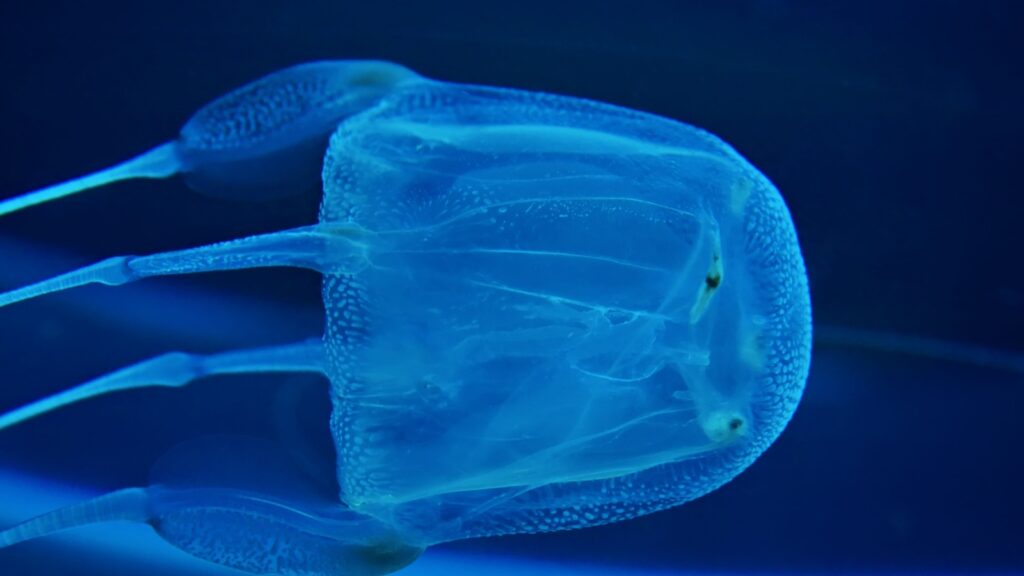
Jellyfish have been floating in Earth’s oceans for over 500 million years, making them some of the oldest surviving creatures on the planet. These simple yet fascinating animals have no brain, heart, or bones, but have managed to thrive for hundreds of millions of years. Jellyfish have survived multiple mass extinctions and continue to play crucial roles in marine ecosystems today.
Gharial
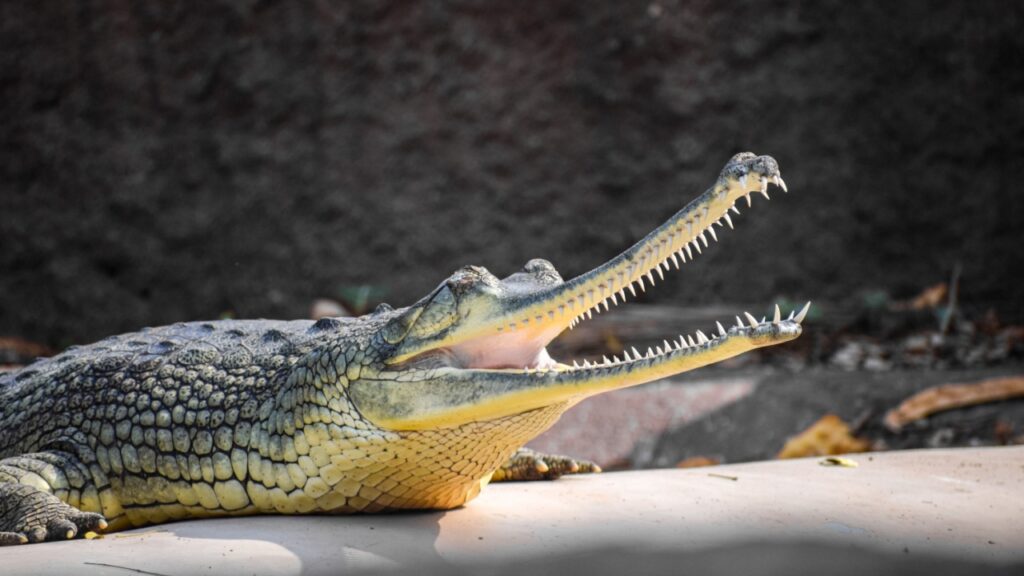
Gharials are crocodile-like reptiles that have been around for about 100 million years. These unique creatures are characterized by their long, narrow snouts filled with sharp teeth. Gharials are critically endangered today, but their lineage dates back to the time of dinosaurs, making them living representatives of an ancient group of reptiles.
Leatherback Sea Turtle
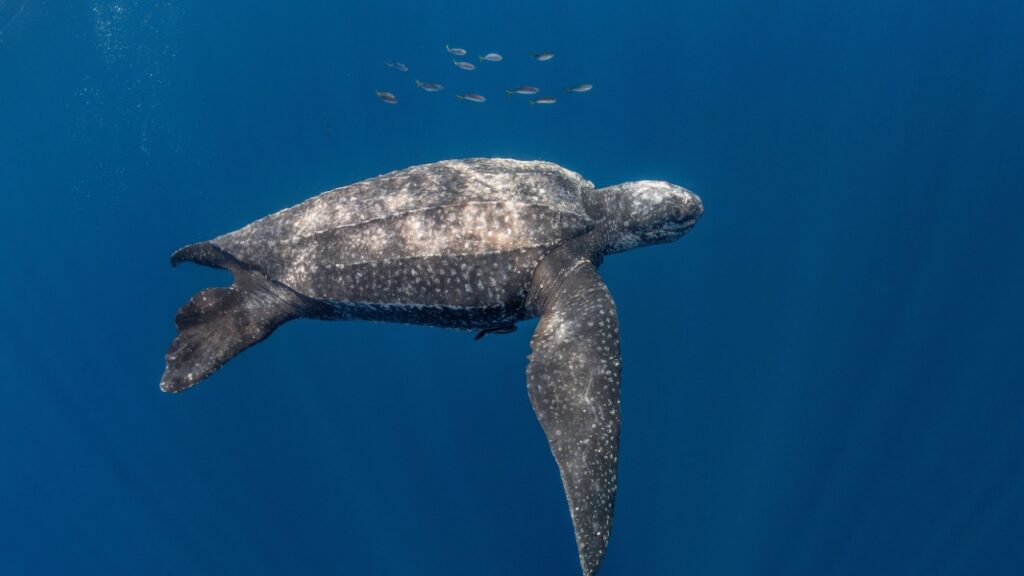
Leatherback sea turtles have been swimming in our oceans for about 100 million years. These massive turtles can grow up to 7 feet long and weigh up to 2,000 pounds. They’re the only surviving members of a family of turtles that traces back to the age of dinosaurs, making them true living fossils of the sea.



